16 Root Vegetables to Harvest Before the First Frost
As the first frost approaches, it’s time to harvest your root vegetables to ensure they stay fresh and flavorful. Many root crops are sensitive to cold temperatures, which can damage their quality and storage potential. By harvesting them before the frost, you can enjoy their full taste and preserve them for later use. From carrots and beets to sweet potatoes and turnips, each vegetable has its own harvesting timeline and tips. These root vegetables are not only delicious but also provide essential nutrients for your diet.
This post may contain affiliate links, which helps keep this content free. Please read our disclosure for more info.
Carrots
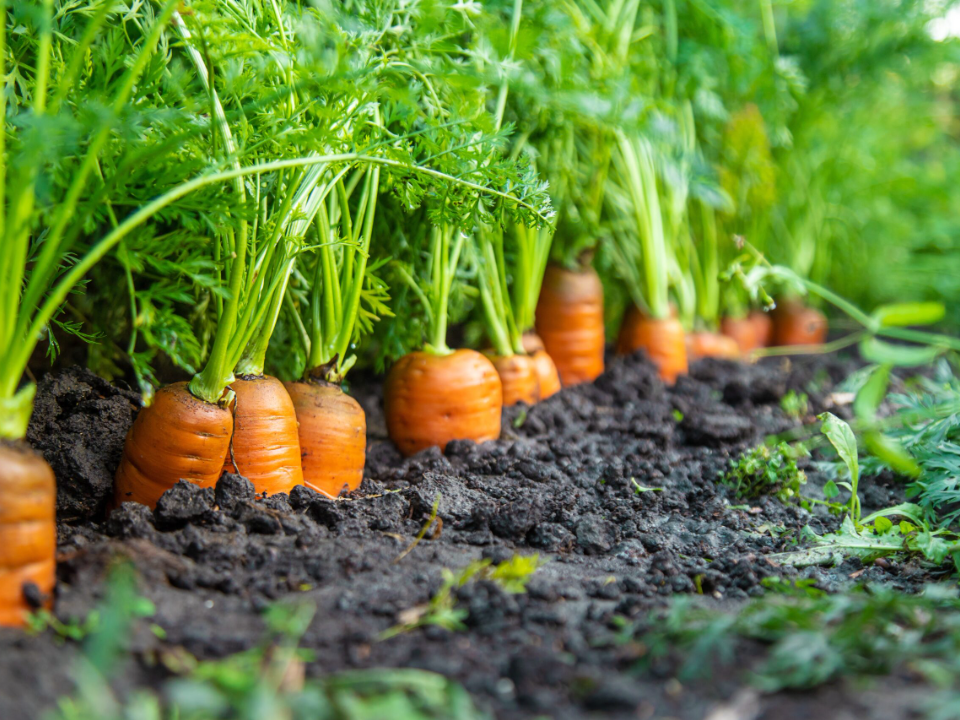
Carrots are a popular root vegetable known for their vibrant color and sweet flavor. They grow well in loose, well-drained soil and can be harvested when the roots reach a desirable size, typically 1-2 inches in diameter. Carrots are relatively frost-tolerant, but it is best to harvest them before the first heavy frost to prevent damage. The tops of the carrots can also be used for flavoring soups and stews, making them a versatile addition to any garden.
When harvesting carrots, be sure to gently pull them from the soil to avoid breaking the roots. If the weather is expected to dip below freezing, it is best to harvest them beforehand, as frost can make them tough and less sweet. Carrots can be stored in cool, dry conditions and will last for weeks in your root cellar or refrigerator.
Beets
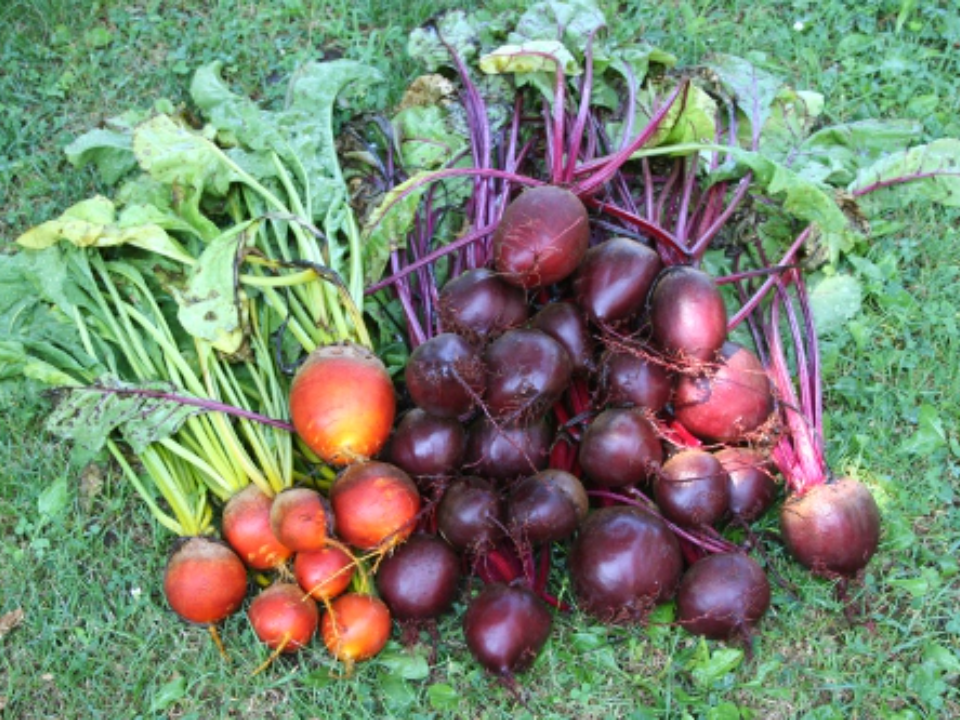
Beets are another root vegetable that benefits from a pre-frost harvest. These deep purple vegetables thrive in cool climates and are commonly harvested before the frost sets in. Beets should be dug up once their roots have reached about 1.5 to 3 inches in diameter, as this ensures optimal sweetness and flavor. They are best stored in a cool environment and will stay fresh for several weeks if kept properly.
Beet greens are also edible and can be enjoyed in salads or cooked like other leafy greens. When harvesting beets, it is important to handle them gently to avoid bruising. Beets can be stored in soil for a while after harvest if needed, but it is better to pull them before the frost for the best flavor and texture.
Potatoes
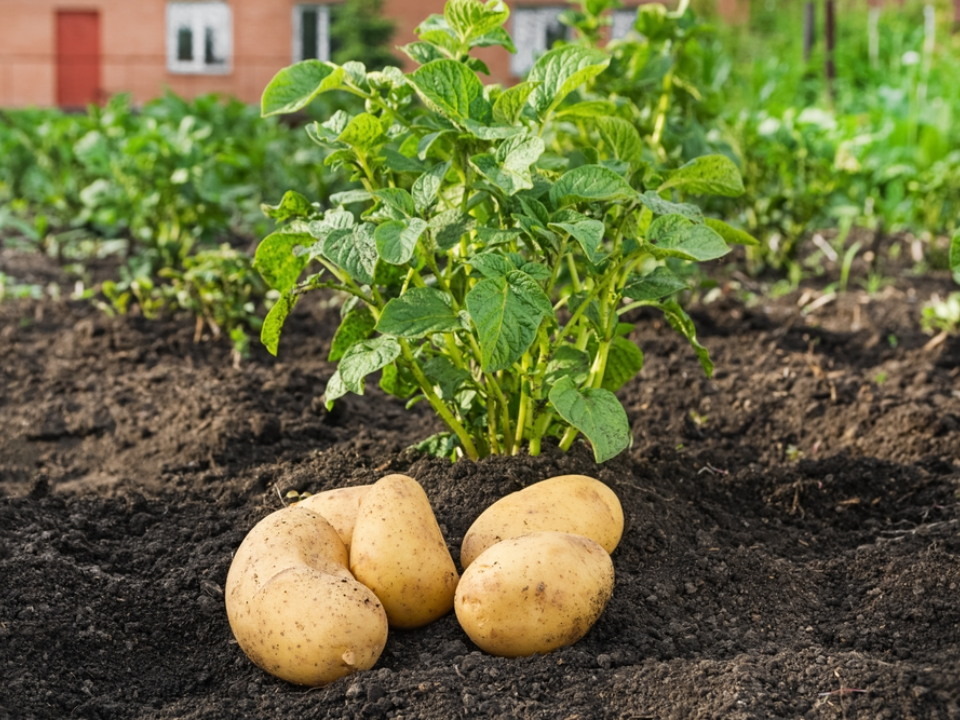
Potatoes should be harvested before the first frost, especially if they are grown in areas with a short growing season. Frost can damage the potato skins, making them susceptible to rot during storage. Typically, potatoes are ready to harvest when the plants have flowered and the leaves begin to yellow and die back. Be sure to check under the soil for fully developed tubers, which should be firm and free of blemishes.
After digging up the potatoes, allow them to air dry for a few hours before storing them in a cool, dark place. Proper storage is key to ensuring the potatoes remain in good condition for a long period. Potatoes can last several months if stored correctly, with temperatures around 45 to 50 degrees Fahrenheit being ideal.
Turnips
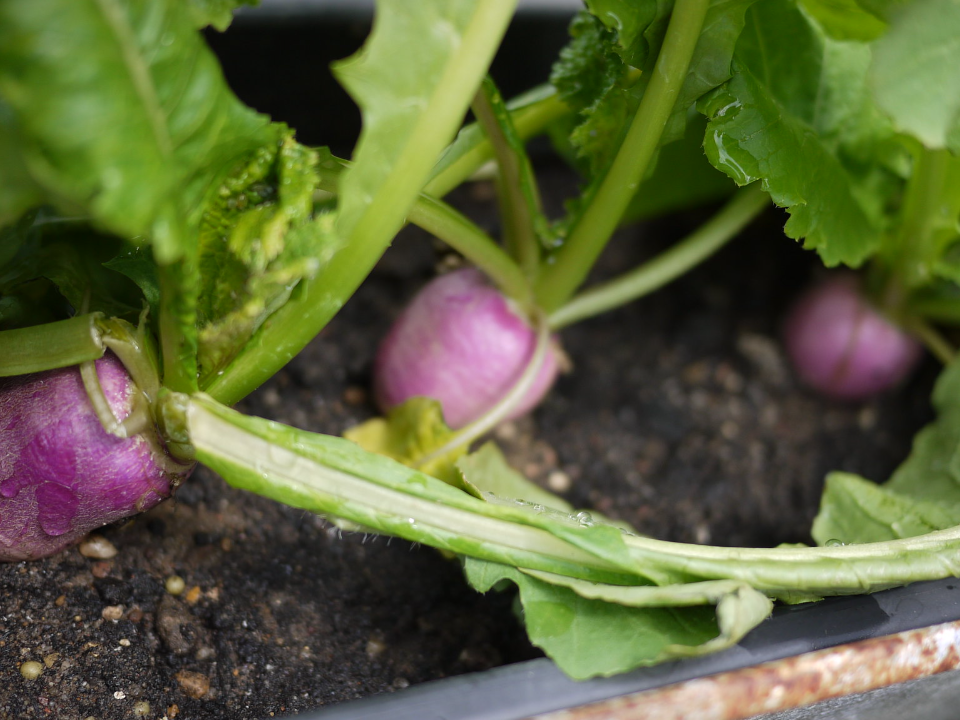
Turnips are a hardy root vegetable that can withstand light frosts but are best harvested before freezing temperatures arrive. These vegetables grow well in well-drained, slightly acidic soil and can be harvested when the roots reach the desired size, usually around 3-4 inches in diameter. Turnips are versatile in cooking and can be roasted, boiled, or added to soups and stews.
Turnip greens are also edible and highly nutritious, making the entire plant useful. When harvesting, gently pull the turnips from the soil, being careful not to damage the roots. Turnips can be stored in a cool, humid area, such as a root cellar, to maintain freshness.
Radishes
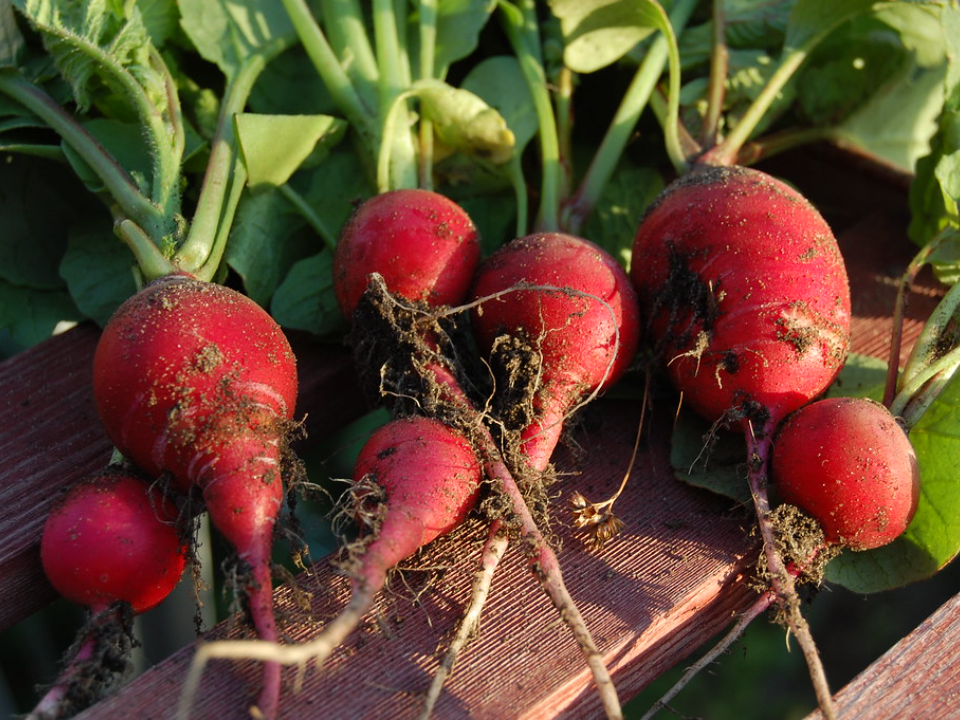
Radishes are one of the quickest root vegetables to grow and should be harvested before the frost to avoid becoming too woody or spicy. These vegetables mature in as little as 3-4 weeks and can be pulled up as soon as they reach their full size. Radishes are ideal for early-season gardens and can be grown in both spring and fall.
After harvesting, radishes should be washed and stored in a cool, moist environment. While they do not store as long as some other root vegetables, they can last for up to a couple of weeks if stored properly. Radishes can add a peppery kick to salads and are great for snacking.
Sweet Potatoes
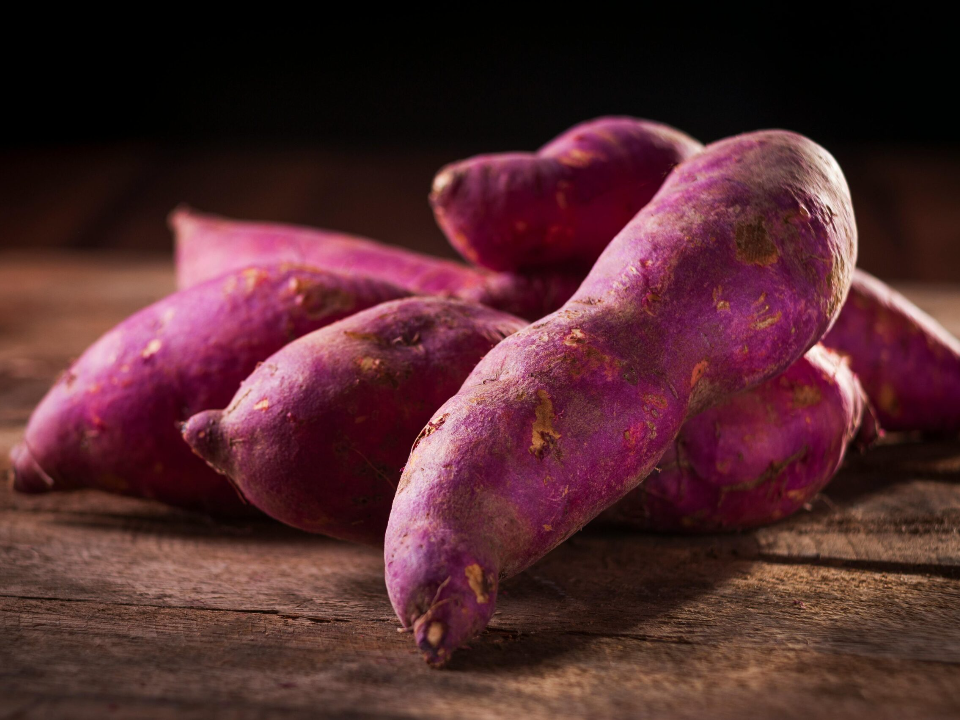
Sweet potatoes should be harvested before the first frost because frost can damage the tubers and affect their flavor. Typically, sweet potatoes are ready to harvest when the vines begin to die back, and the roots have grown to the desired size. These vegetables thrive in warm soils and should be dug carefully to avoid injury to the tubers.
After harvesting, sweet potatoes need to cure for about 10-14 days in a warm, humid environment to improve their flavor and texture. Once cured, they can be stored in a cool, dry place and will last for several months. Sweet potatoes are known for their sweet, rich flavor and can be used in both savory and sweet dishes.
Parsnips
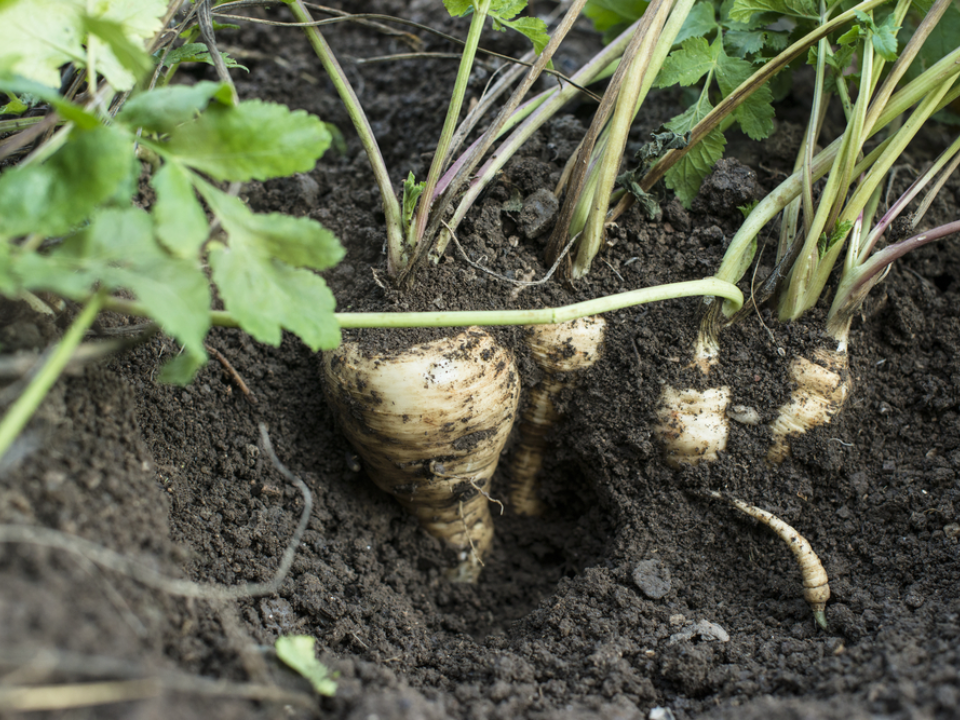
Parsnips are a cold-hardy root vegetable that benefits from the frost, which helps to enhance their natural sweetness. However, they should still be harvested before the first hard frost to avoid damage to the roots. Parsnips grow best in deep, loose soil and should be allowed to mature fully before harvest.
These vegetables can be left in the ground until after a light frost for a sweeter flavor but should be harvested before temperatures drop too low. Once dug up, parsnips can be stored in a cool, dark place for extended periods, making them a great vegetable to have on hand during winter. They can be roasted, mashed, or added to soups for a delicious, hearty dish.
Celery Root (Celeriac)
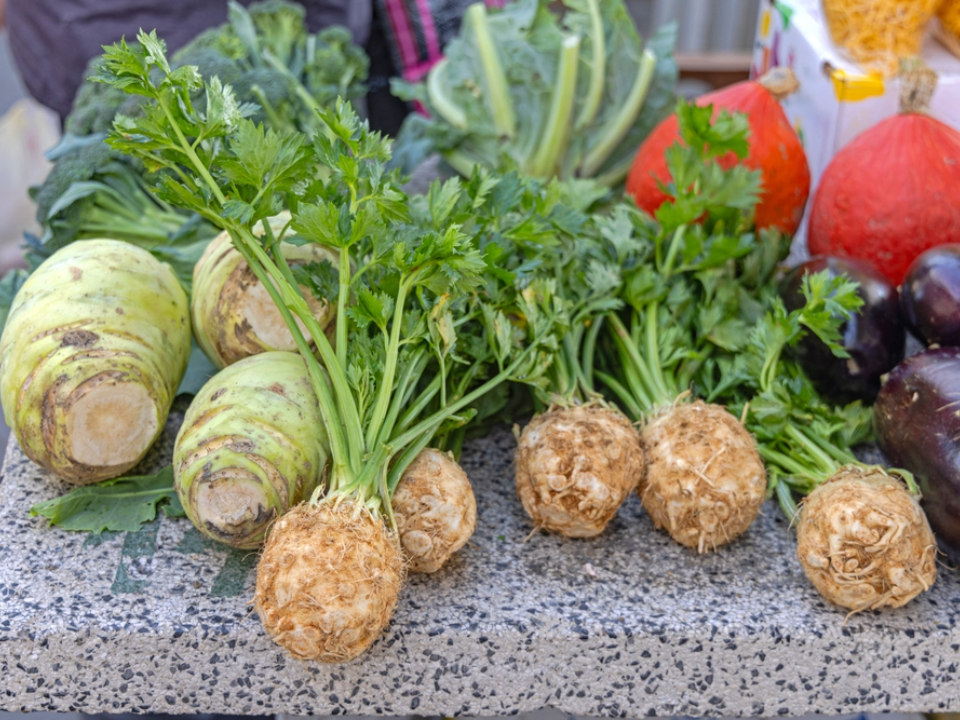
Celery root, or celeriac, is a lesser-known but valuable root vegetable that should be harvested before frost to maintain its smooth texture. These vegetables have a rough, knobby exterior but a mild, celery-like flavor. Celeriac grows well in moist, well-drained soil and requires a longer growing season, so be sure to give them enough time to mature.
Once the roots reach 4-6 inches in diameter, they can be harvested. After digging up the celeriac, gently scrub off the dirt and store it in a cool, humid place. Celeriac can be used in soups, purees, or salads, and it can be kept for several weeks if stored properly.
Kohlrabi
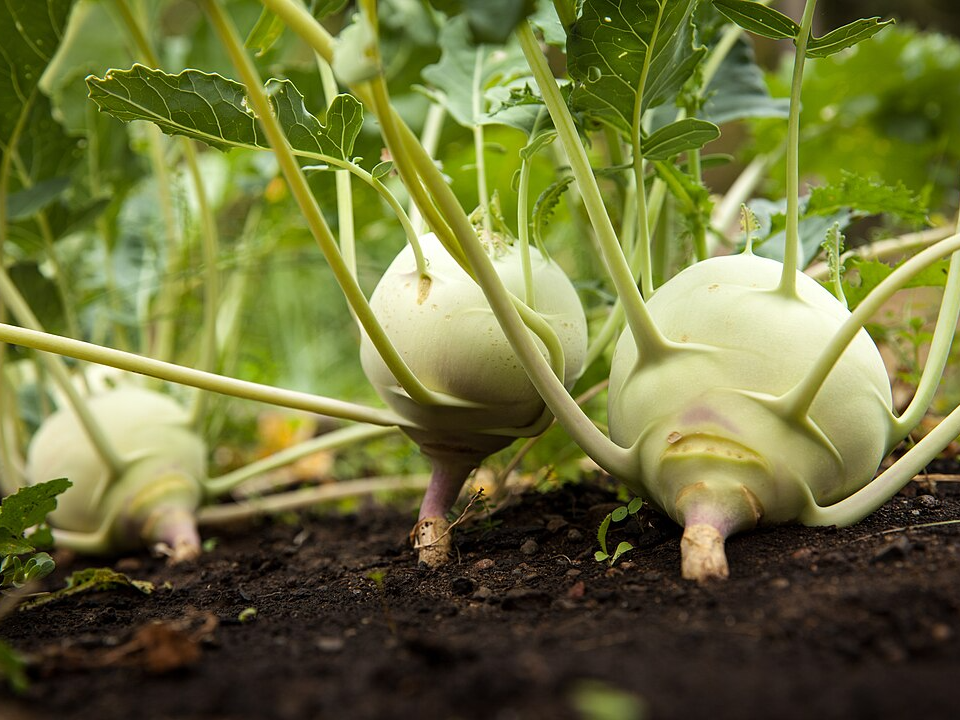
Kohlrabi is an unusual-looking root vegetable with a bulbous stem that should be harvested before the frost to prevent it from becoming too woody. This vegetable thrives in cool climates and can be harvested when the bulbs reach 3-4 inches in diameter. Kohlrabi is known for its crisp texture and mild, sweet flavor.
Once harvested, the bulb can be stored in a cool, dry area, while the leaves can be used in cooking as well. Kohlrabi can be eaten raw in salads or slaws, or cooked in soups and stir-fries. It is best to harvest it before the frost to maintain its pleasant texture and taste.
Salsify
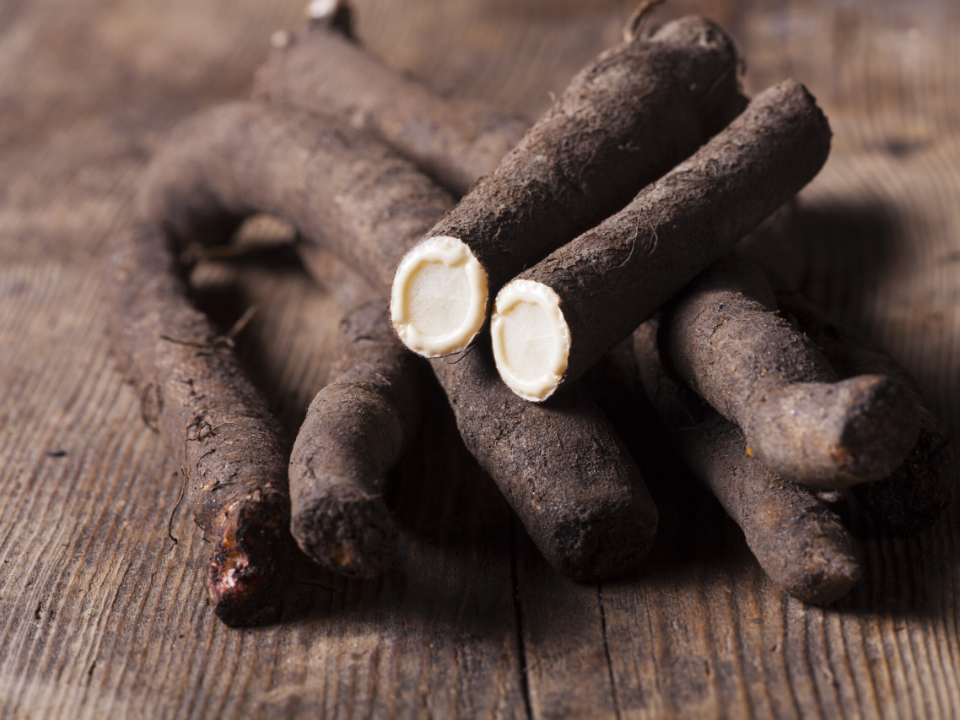
Salsify, sometimes called the oyster plant, is a root vegetable with a unique flavor reminiscent of oysters. It should be harvested before the first frost to ensure the roots do not become overly fibrous. Salsify requires deep, loose soil and a long growing season to reach its full potential. The roots should be harvested once they reach a length of 6-8 inches.
After harvesting, salsify can be stored in a cool, moist place for several weeks. The vegetable can be used in a variety of dishes, from soups to gratins, and adds a delicate, nutty flavor. Be sure to handle it gently, as the roots can bruise easily, affecting both the appearance and texture.
Jerusalem Artichokes (Sunchokes)
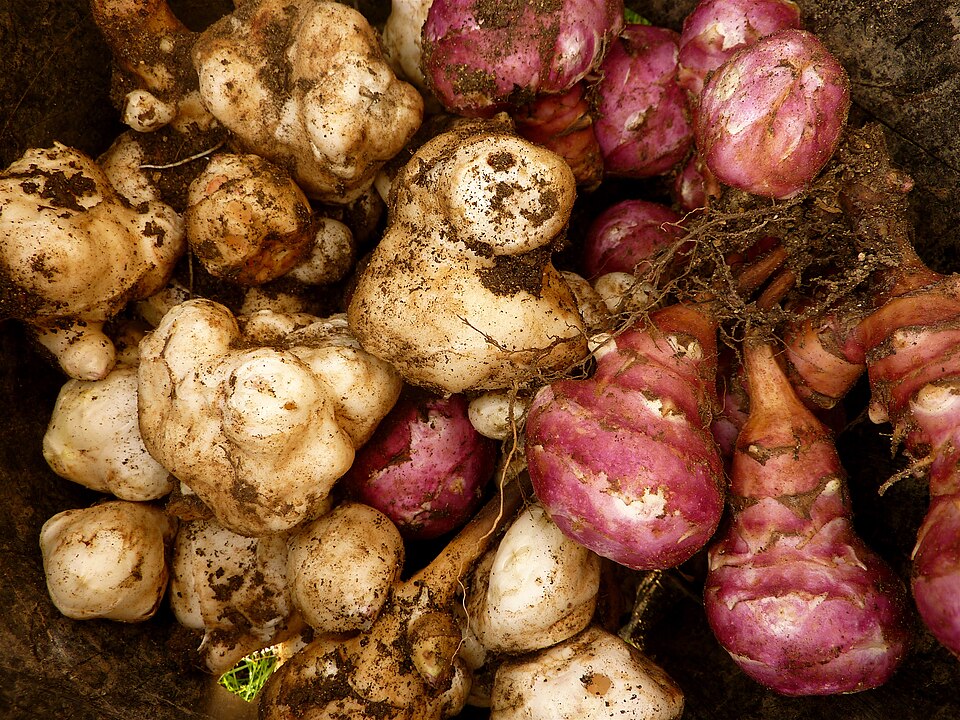
Jerusalem artichokes, also known as sunchokes, are a type of sunflower with edible tubers. These tubers should be harvested before the frost to avoid damage and ensure the best flavor and texture. Jerusalem artichokes thrive in well-drained, loose soil and can be harvested when the plants begin to die back.
Once harvested, these tubers can be stored in a cool, dry place. They have a slightly nutty flavor and can be eaten raw, roasted, or added to soups and stews. Sunchokes are also a great source of fiber and are known for their ability to improve gut health.
Daikon Radishes
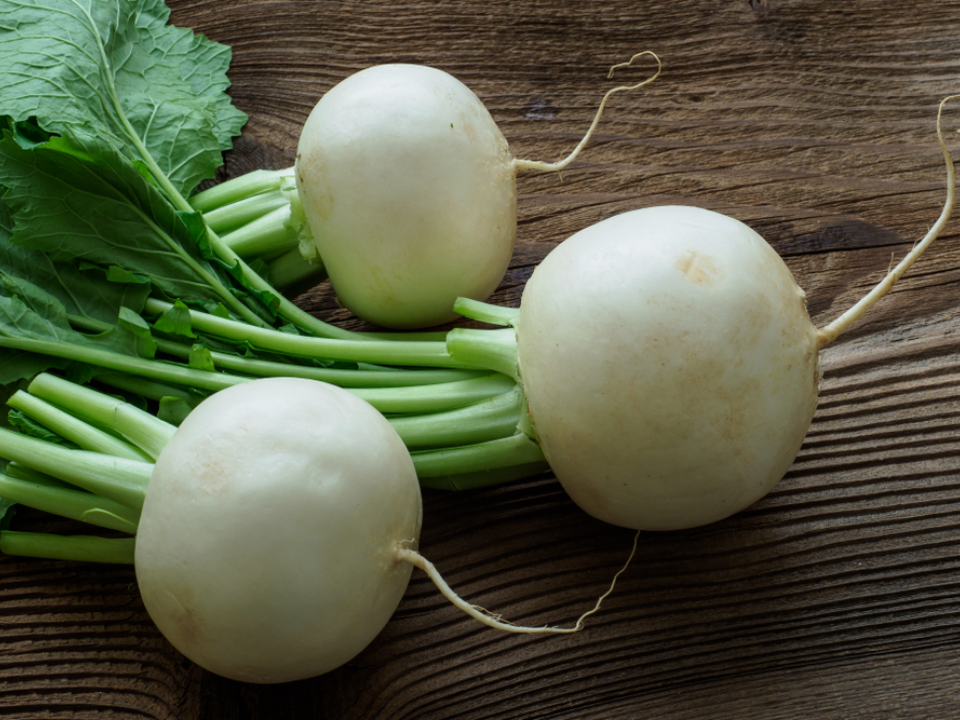
Daikon radishes are large, white root vegetables commonly used in Asian cuisines. They should be harvested before the first frost to maintain their mild, slightly sweet flavor and crisp texture. Daikon radishes grow best in cool weather, and the roots should reach about 6-10 inches in length before harvesting.
After harvesting, daikon radishes can be stored in a cool place, where they will stay fresh for a few weeks. They are great for pickling, grating, or adding to stir-fries and soups. This root vegetable is also known for its health benefits, including aiding digestion and reducing inflammation.
Rutabaga
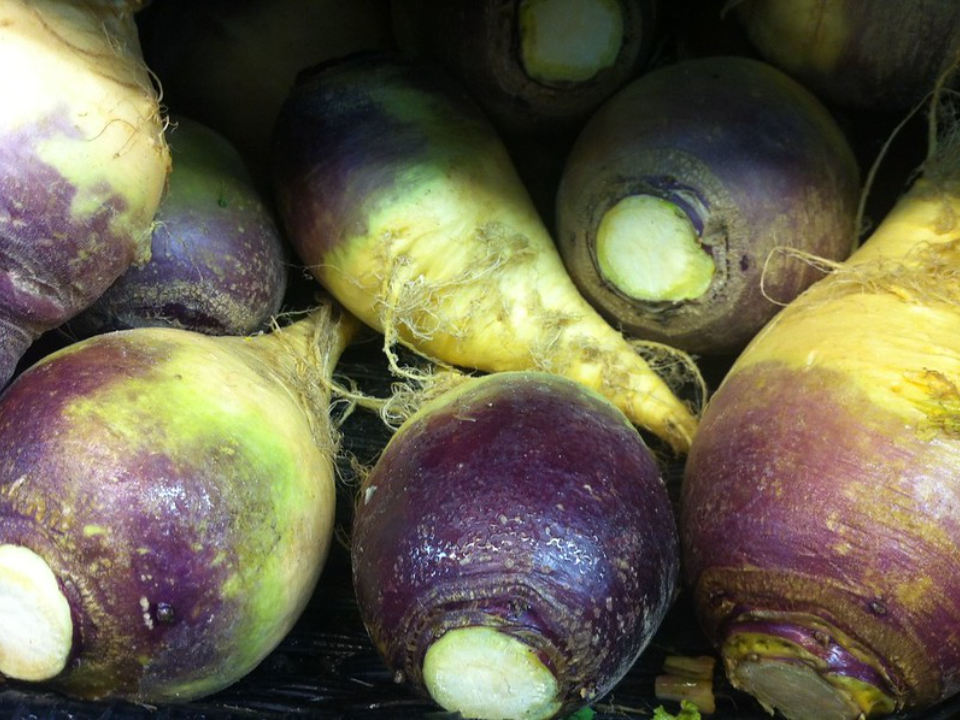
Rutabaga, a hybrid between cabbage and turnips, is a hearty root vegetable that thrives in cool climates. It should be harvested before the frost to avoid the roots becoming too tough and bitter. Rutabagas can be harvested once they reach about 4-6 inches in diameter and the leaves begin to yellow.
After harvesting, rutabagas should be stored in a cool, dry place to prevent spoilage. They are excellent for roasting, mashing, or adding to soups and stews. Their sweet, earthy flavor makes them a perfect complement to other root vegetables in hearty winter dishes.
Horseradish
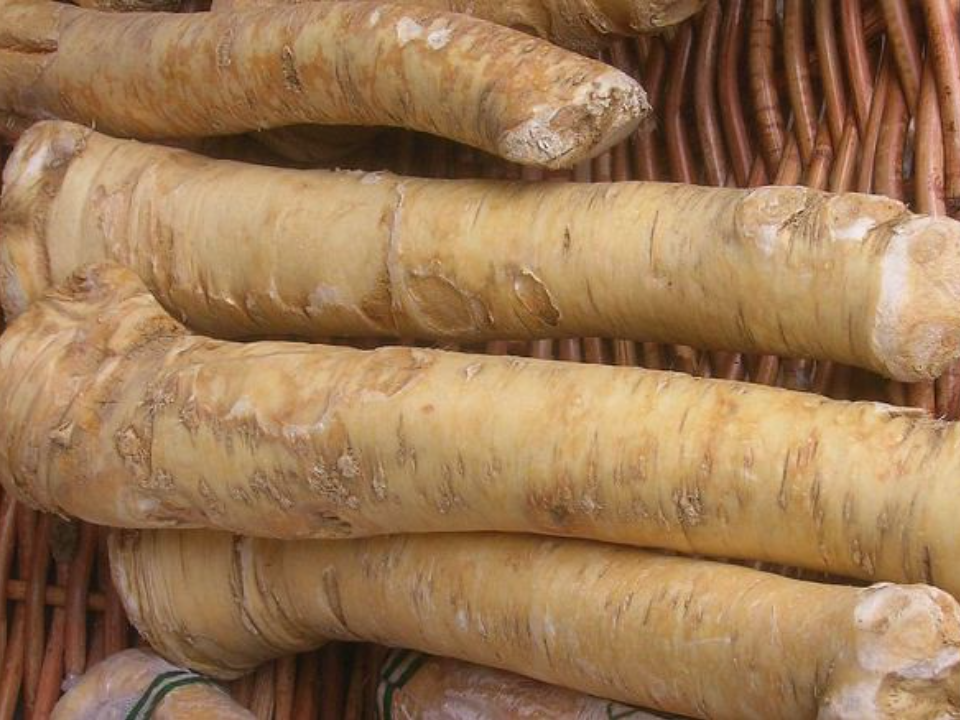
Horseradish is a robust root vegetable known for its sharp, spicy flavor. It is typically harvested before the frost to ensure the roots remain tender and flavorful. Horseradish grows best in loose, fertile soil and should be dug up when the roots reach a size of about 1-2 inches in diameter.
After harvesting, horseradish roots should be washed and peeled. They can be stored in the refrigerator or kept in a cool, dark place for several months. Horseradish is commonly used as a condiment or grated into sauces to add a spicy kick.
Taro
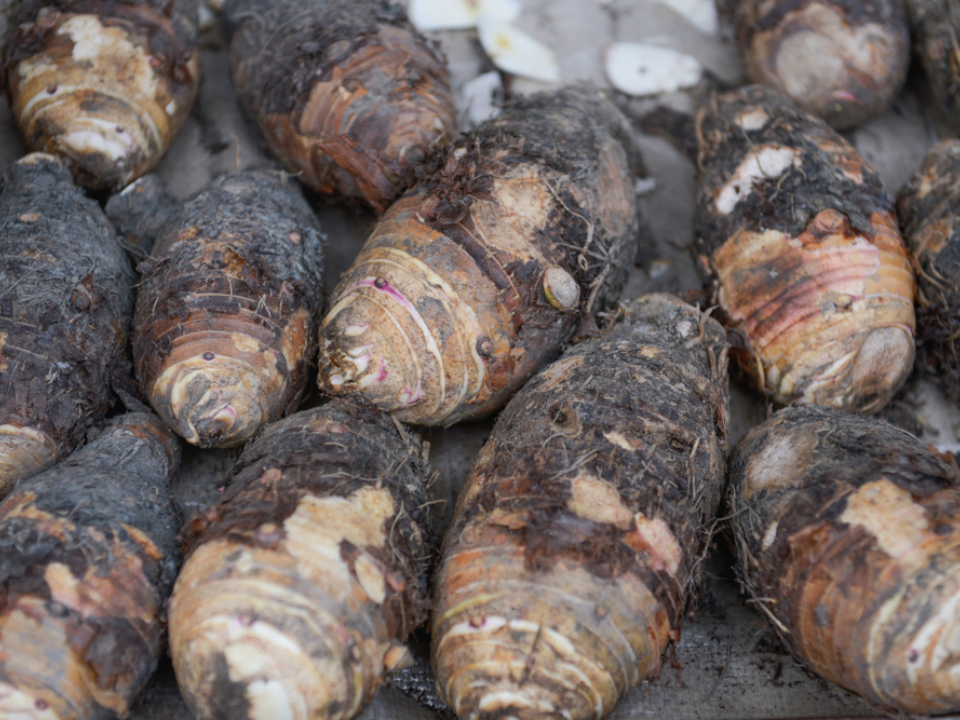
Taro root is a starchy, fibrous root vegetable commonly used in Asian and Pacific Islander cuisines. It should be harvested before the frost, as cold temperatures can damage the tubers and make them inedible. Taro grows well in wet, boggy soils and requires a long growing season.
Once harvested, taro should be handled carefully as its raw form can cause irritation to the skin. After cooking, taro has a mild, nutty flavor and can be used in savory dishes or desserts. Taro can be stored in a cool, dry place and will last for several weeks.
Yams
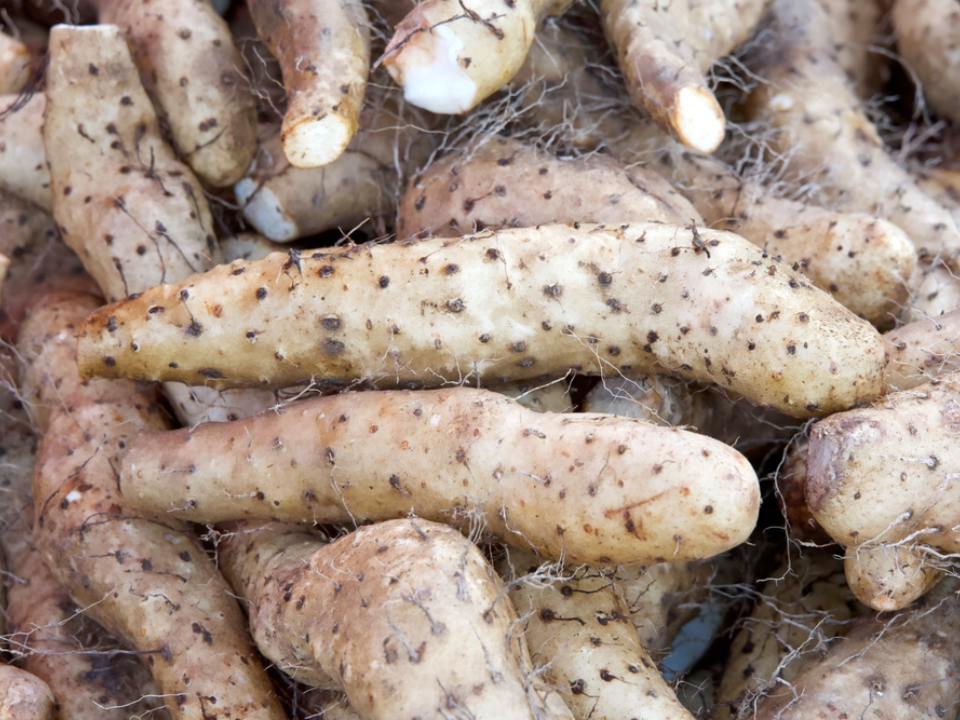
Yams, often confused with sweet potatoes, are another root vegetable that should be harvested before the frost. Yams thrive in warm climates and should be harvested when the vines start to die back, typically when the tubers are about 6-8 inches long. They should be handled gently to avoid bruising.
After harvesting, yams should be cured in a warm, humid place for a week or two to improve their flavor. Once cured, they can be stored in a cool, dry place for several months. Yams are known for their creamy texture and can be roasted, mashed, or added to casseroles.
This article originally appeared on Avocadu.
